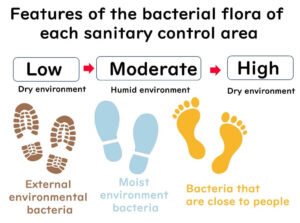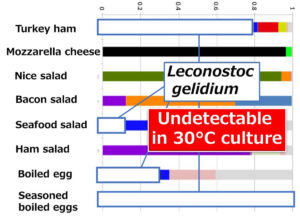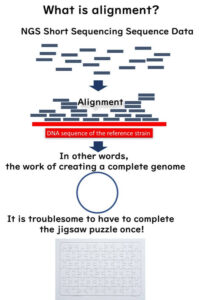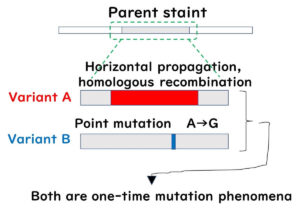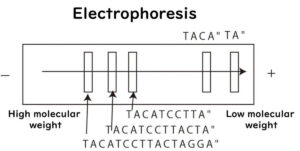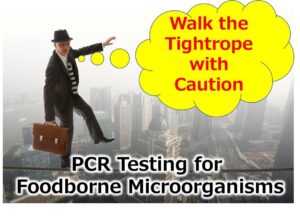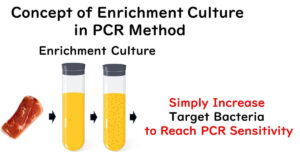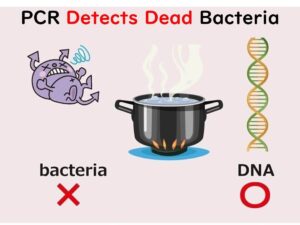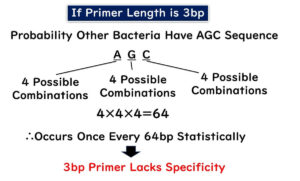Methods of testing for food micro-organisms (molecular methods)
Dive into advanced molecular methods for detecting and analyzing foodborne microorganisms. This category highlights cutting-edge techniques like PCR, DNA sequencing, and rapid genetic testing, revolutionizing food safety and ensuring precision in microbial monitoring.
Analysis of the Bacterial Flora of Milk Powder Plants by 16S rRNA Amplicon Sequencing
Contamination of powdered milk by Cronobacter sakazakii and Salmonella poses severe health risks to infants. Preventing the introduction of Cronobacter sakazakii before the packaging stage in powdered milk factories is crucial. To achieve this, the analysis of bacterial flora in the factory environment is of significant importance. This article introduces a study that monitored the microbial communities in two powdered milk factories in Ireland over two years using 16S rRNA amplicon sequencing technology. This research is the first to investigate the bacterial flora in the environment of powdered milk factories using 16S rRNA amplicon sequencing analysis.
Chilled Food Spoilage and Psychrotrophic Lactic Acid Bacteria
This article delves into the spoilage of chilled foods and the role of psychrotrophic bacteria, specifically lactic acid bacteria. We explore findings revealed through 16S rRNA amplicon sequencing analysis, which identifies bacteria undetectable at a culture temperature of 30°C. In a previous article, we discussed a study by Dr. Pokasos and his team from Ghent University, Belgium. Their research demonstrated that culturing at 30°C fails to detect psychrotrophic bacteria, leading to an underestimation of microbial counts. This article serves as a continuation of that discussion.
Unlocking the Potential of 16SrRNA Amplicon Sequencing in the Food Industry: Is It Truly Metagenomics?
Metagenomic analysis is a powerful tool in microbiology, allowing researchers to examine the entire genetic composition of microbial communities without the need for culturing. However, not all methods traditionally referred to as metagenomics, such as 16SrRNA amplicon sequencing, strictly fit this definition. Unlike full metagenomic approaches, 16SrRNA amplicon sequencing targets a single gene, offering a highly efficient method for microbial community analysis, particularly in the food industry.
This article explores how 16SrRNA amplicon sequencing improves food quality testing and helps resolve microbial contamination complaints. Additionally, we discuss its potential for routine microbial monitoring and zone management in food factories. Discover how this sequencing technique is shaping modern food safety practices.
Whole Genome Sequencing (WGS) in Molecular Epidemiology: SNP vs. Gene-by-Gene Analysis
Whole Genome Sequencing (WGS) has revolutionized bacterial strain typing in molecular epidemiology. In silico MLST, SNP analysis, and gene-by-gene analysis have emerged as key methods. This article explores how WGS-based approaches, including core genome MLST (cgMLST), are replacing traditional molecular typing techniques like PFGE and MLVA in public health and food safety.
Bacterial Strain Typing: PFGE, MLST, and MLVA in Molecular Epidemiology
Understanding how foodborne bacteria spread requires precise bacterial strain typing methods. Before the emergence of whole-genome sequencing (WGS), molecular epidemiology relied on classical typing techniques to track pathogen transmission and investigate foodborne outbreaks. Among these, Pulsed-Field Gel Electrophoresis (PFGE), Multi-Locus Sequence Typing (MLST), and Multiple-Locus Variable-number Tandem Repeat Analysis (MLVA) played a crucial role in identifying bacterial strains and understanding their genetic relationships.
This article provides an in-depth look at these traditional molecular epidemiology methods, explaining how they have been used in food safety and outbreak investigations.
DNA Sequencing in Food Microbiology: Principles and Applications
To understand DNA sequencing in food microbiology, it is essential to grasp how different types of DNA sequencers function. This article provides a clear overview of key sequencing methods, including the Sanger method (electrophoresis, capillary sequencer), next-generation sequencing (NGS) (Illumina, Ion Torrent), and third-generation sequencing (TGS) (nanopore sequencing).Designed for beginners in food microbiology, this guide explains these technologies in a visual and accessible way, with video demonstrations for clarity. We will also explore the practical applications of DNA sequencing in food safety and microbiological testing.
Ensuring Accuracy in PCR Food Testing: Avoiding False Positives and Negatives
Achieving accuracy in PCR food testing is critical for reliable microbial detection. This page explores common pitfalls that can lead to false positives and negatives, such as contamination, PCR inhibitors, and the lack of proper validation. By understanding these challenges and implementing effective precautions, food safety professionals can ensure dependable results and uphold the highest standards in quality control.Factors Inhibiting Gene Amplification (False Negatives)
The Critical Role of Enrichment Culture in PCR Food Testing
Enrichment culture plays a pivotal role in the accuracy and reliability of PCR testing in food microbiology. This page delves into the essentials of enrichment cultures, highlighting their importance in amplifying target bacteria to detectable levels, overcoming growth challenges, and addressing blind spots during the enrichment process. By mastering these concepts, food safety professionals can enhance the effectiveness of PCR-based microbial detection.
Understanding the Limits of PCR Detection in Food Microbiology
PCR detection is a powerful tool in food microbiology, offering precision in microbial DNA detection. However, it also presents limitations that can impact accuracy and reliability. This page delves into critical challenges, including the detection of dead bacterial DNA, blind spots in gene detection, and the risks of false positives and negatives. By recognizing these limitations, food safety professionals can make informed decisions and implement strategies to enhance testing reliability.
Mastering PCR Primer Design for Accurate Microbial Detection in Food Microbiology
PCR primer design is a cornerstone of accurate and reliable microbial detection in food microbiology. This article explores essential principles, including optimal primer length, GC content, Tm value, and strategies to avoid common issues like primer dimers. Master these concepts to elevate the precision and efficiency of your PCR-based testing.
